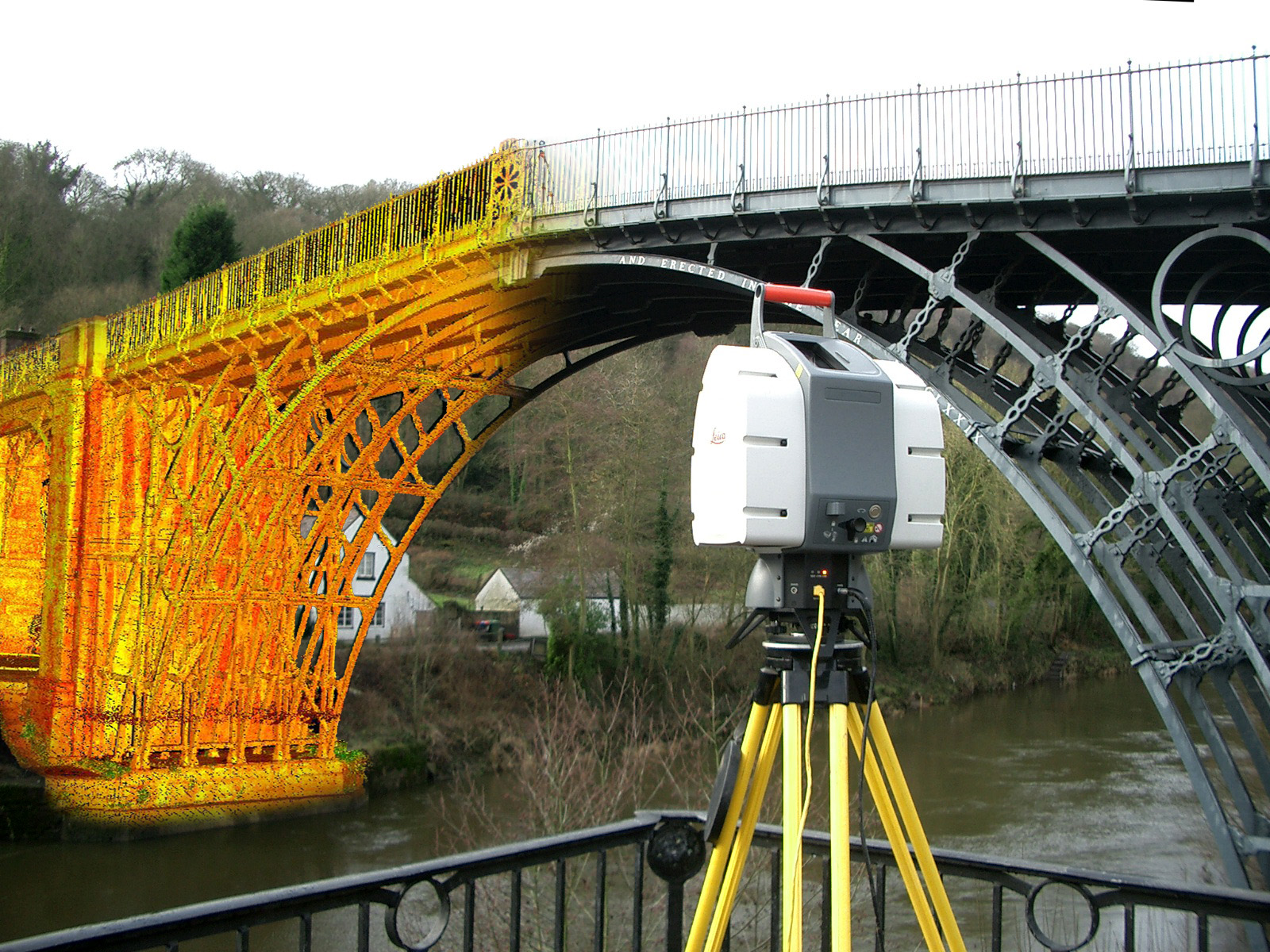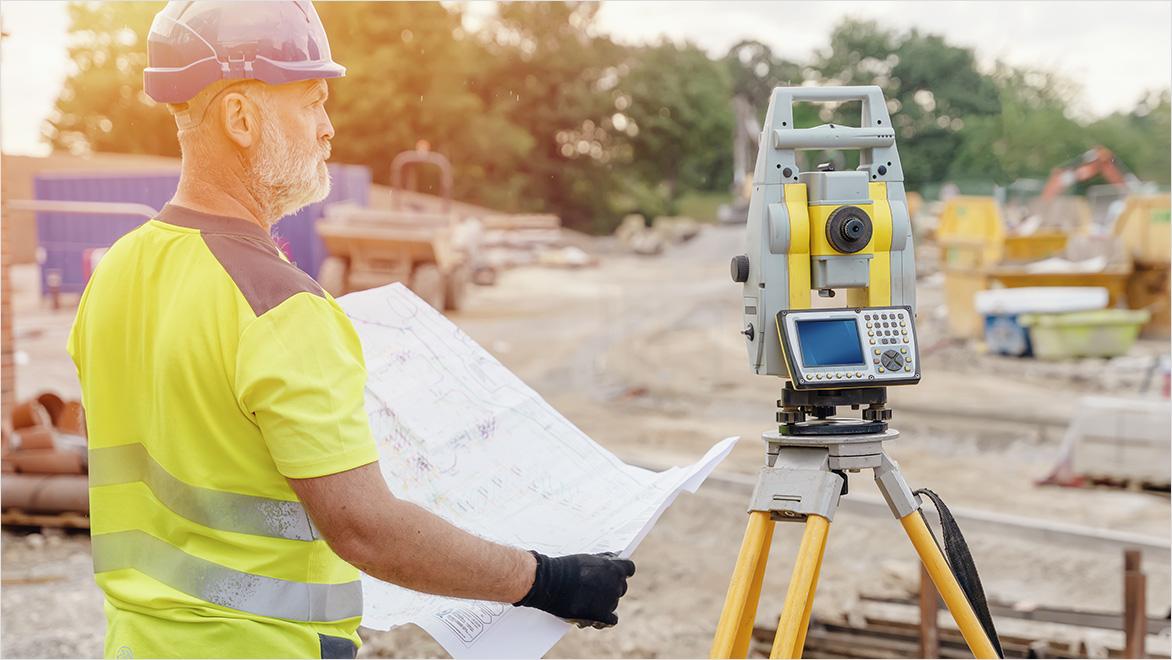How 3D Scanning Unlocks Bold Architectural Concepts
Exploring the Applications of 3D Laser Scanning in Archaeology and Cultural Heritage Conservation
The integration of 3D laser scanning innovation in archaeology and social heritage conservation notes a considerable advancement in how historical websites and artifacts are recorded and analyzed. This non-invasive method gives accurate spatial information, disclosing intricate details that were formerly tough to record. As the applications of this innovation remain to advance, various ramifications for conservation, education and learning, and documents arise, inviting further exploration into its transformative influence on the field.
Comprehending 3D Laser Scanning Modern Technology
3D laser scanning technology has actually changed the area of archaeology by supplying specific and comprehensive spatial data. This sophisticated technology employs laser beam of lights to catch countless data factors from a things or website, developing a very exact three-dimensional depiction (3D Scanning). The resulting point clouds can disclose detailed information of historical websites, frameworks, and artifacts that might be undetectable to the naked eye
Utilizing this technology, excavators can record the specific measurements, forms, and settings of objects with unmatched accuracy. This approach reduces the danger of human mistake and eliminates the need for extensive manual dimensions. The information collected can be analyzed and shared quickly, facilitating cooperation among scientists. By incorporating 3D laser scanning with GIS and various other digital devices, archaeologists boost their capability to envision and translate historic contexts, resulting in much deeper insights into old societies and settings.
Enhancing Archaeological Documents
3D laser scanning significantly boosts archaeological documentation via its capability to develop accurate site maps. This modern technology facilitates in-depth artefact analysis, giving insights that conventional approaches might overlook. On top of that, it assures the conservation of contextual data, which is necessary for recognizing the connections within historical sites.
Accurate Site Mapping
While conventional mapping techniques often fight with catching the complex information of historical sites, advanced laser scanning technology provides an advanced technique to precise website mapping. This method enables archaeologists to create very described and accurate three-dimensional representations of sites, showcasing topographical variations and structural features with remarkable fidelity. The ability to capture numerous information points in a matter of mins permits complete documents, which can be quickly updated and shared among researchers. Additionally, laser scanning promotes the dimension of complicated geometries that would be challenging to evaluate using standard devices. Because of this, this technology boosts the precision of site maps, contributing substantially to the conservation and understanding of social heritage sources.
In-depth Artifact Evaluation
Laser scanning innovation significantly enhances the analysis of archaeological artefacts, supplying scientists with extraordinary information and precision. This approach catches intricate surface area structures, dimensions, and includes that conventional documents methods might forget. By producing high-resolution 3D versions, scholars can carefully check out artifacts without the threat of damage inherent in physical handling. This precision enables for better comparative researches, enabling specialists to determine production techniques, stylistic variations, and possible social relevance. The capacity to control and envision information in three dimensions promotes a much deeper understanding of artifact capability and usage. On the whole, laser scanning fosters a more detailed approach to archaeological paperwork, making certain that essential information regarding artifacts is preserved for future study and education.
Preservation of Contextual Data
Preserving contextual information is important for improving archaeological documentation, as it assures that findings are understood within their initial ecological and social structures. 3D laser scanning modern technology substantially adds to this conservation initiative by catching in-depth spatial connections among artefacts, frameworks, and their atmospheres. By producing accurate 3D models, excavators can record the specific locations and alignments of things sitting, helping with a complete understanding of their context. This innovation allows researchers to take another look at and examine sites long after excavation, maintaining the honesty of contextual information. On top of that, digital records developed with scanning can be shared globally, cultivating collective research and public involvement. Eventually, preserving contextual data through 3D laser scanning improves archaeological stories and promotes an extra extensive admiration of cultural heritage.
Conservation of Cultural Heritage Sites
As developments in technology proceed to advance, the conservation of social heritage sites has actually become significantly reliant on ingenious methods such as 3D laser scanning. This technology enables for the in-depth documents of artifacts, landscapes, and frameworks, catching their precise dimensions and spatial partnerships in a non-invasive manner. By creating high-resolution 3D versions, researchers can examine and monitor wear and tear patterns, enabling aggressive conservation techniques.
In addition, 3D laser scanning promotes the sharing of comprehensive website data with the worldwide neighborhood, advertising collaboration among excavators, chroniclers, and conservationists. These versions offer as vital helpful hints sources for education and public engagement, raising awareness of cultural heritage issues. The digital records created can guard versus loss due to ecological variables, vandalism, or view website overlook. Overall, 3D laser scanning stands for a transformative technique to the conservation of social heritage, making sure that these sites can be studied and valued by future generations.

Remediation and Reconstruction Initiatives
The detailed documentation achieved with 3D laser scanning plays a substantial duty in reconstruction and repair initiatives within archaeology. This modern technology offers exact dimensions and high-resolution imagery, permitting accurate digital versions of frameworks and artifacts. These designs act as important referrals throughout repair processes, allowing archaeologists to make and visualize the initial style informed choices regarding methods and materials required for repair service.
3D laser scanning helps with the restoration of damaged or shed elements by developing comprehensive reproductions. This process help in making certain that repairs maintain historical honesty while likewise enabling innovative strategies to bring back websites. The ability to assess wear patterns and architectural weak points with checked data improves understanding of a website's historic context and its usage with time. 3D laser scanning not just preserves the physical elements of social heritage but likewise improves the story of history, assisting future reconstruction ventures.
Educational and Research Study Opportunities
The combination of 3D laser scanning in archaeology opens significant academic and research study possibilities. Academic collaborations can improve the understanding of ancient websites, while specialized training workshops outfit professionals with necessary abilities for using this technology. With each other, these campaigns foster a richer engagement with archaeological practices and approaches.
Academic Collaborations in Archaeology
Joint efforts in archaeology have become progressively vital for advancing both instructional and research study chances. By promoting partnerships among universities, study organizations, and social heritage organizations, these partnerships help with the exchange of knowledge and resources, improving the quality of archaeological studies. Joint tasks usually utilize diverse know-how, permitting ingenious approaches and extensive analyses, specifically in the application of innovations like 3D laser scanning. Such partnerships also advertise interdisciplinary approaches, involving fields such as location, background, and conservation scientific research. On top of that, academic partnerships usually cause the development of brand-new curricula and training programs, preparing the future generation of excavators to efficiently make use of sophisticated modern technologies in their work. Inevitably, these alliances add to the preservation and understanding of social heritage.
Educating Workshops for Professionals
Training workshops for professionals in archaeology are significantly vital for enhancing important source skills in the application of advanced technologies such as 3D laser scanning. These workshops supply individuals with hands-on experience in making use of advanced equipment and software program, cultivating a deeper understanding of information capture and analysis processes. Experts can discover to produce exact electronic designs of historical sites, which noticeably aid in documentation and conservation efforts. In addition, these training sessions often consist of discussions on best practices and case studies, promoting knowledge exchange amongst individuals. By purchasing constant education and learning, experts can stay updated on progressing technologies, ultimately improving the effectiveness of their study and cultural heritage conservation initiatives. This commitment to skill enhancement is essential for progressing the field of archaeology.
Future Patterns in 3D Laser Scanning for Archaeology
As advancements in innovation continue to improve various fields, the future of 3D laser scanning in archaeology guarantees to boost both the precision and performance of site paperwork and evaluation. Arising patterns suggest a growing integration of artificial knowledge and artificial intelligence, helping with automated data handling and interpretation. This advancement will certainly enable excavators to analyze complex datasets quicker, bring about faster understandings into historical contexts.
Furthermore, the integration of drone technology with 3D laser scanning is likely to increase, making it possible for extensive airborne studies of archaeological sites that are difficult to access. The enhancing cost of scanning devices will certainly democratize gain access to, equipping smaller organizations and independent scientists to make use of these devices successfully. In addition, innovations in digital truth and increased fact will allow immersive experiences for public engagement and education, making archaeological searchings for extra interactive and accessible. These trends jointly indicate a transformative future for archaeology, improving preservation efforts and increasing the self-control's outreach.
Often Asked Concerns
Just How Much Does 3D Laser Scanning Devices Cost?

What Are the Limitations of 3D Laser Scanning?
The limitations of 3D laser scanning consist of high costs, possible information handling difficulties, level of sensitivity to ecological conditions, and difficulty recording elaborate information in complex surface areas, which can influence the accuracy and efficiency of checked depictions. (3D Scanning)

Can 3D Laser Scanning Be Used Undersea?
Yes, 3D laser scanning can be used underwater, but it calls for specialized tools and methods to conquer obstacles such as water distortion and limited visibility. Successful applications have actually been shown in marine archaeology and undersea studies.
The length of time Does a Scanning Project Generally Take?
A scanning job usually takes anywhere from a couple of days to a number of weeks, depending on the intricacy and size of the location being scanned, together with the preparation and post-processing demands associated with the job.
Exist Particular Software Demands for Handling 3D Scans?
Yes, certain software program needs for refining 3D scans include programs with the ability of dealing with large factor clouds, such as Autodesk ReCap, Cyclone, or MeshLab. These devices facilitate evaluation, visualization, and assimilation right into various applications successfully.
The assimilation of 3D laser scanning innovation in archaeology and cultural heritage conservation notes a significant innovation in just how historical websites and artifacts are documented and examined. 3D laser scanning technology has actually changed the field of archaeology by giving exact and comprehensive spatial data. As advancements in technology proceed to develop, the preservation of cultural heritage sites has come to be increasingly dependent on cutting-edge methods such as 3D laser scanning. As advancements in innovation continue to improve different areas, the future of 3D laser scanning in archaeology guarantees to boost both the precision and effectiveness of site documentation and evaluation. The combination of drone modern technology with 3D laser scanning is most likely to broaden, allowing extensive airborne surveys of historical websites that are hard to gain access to.